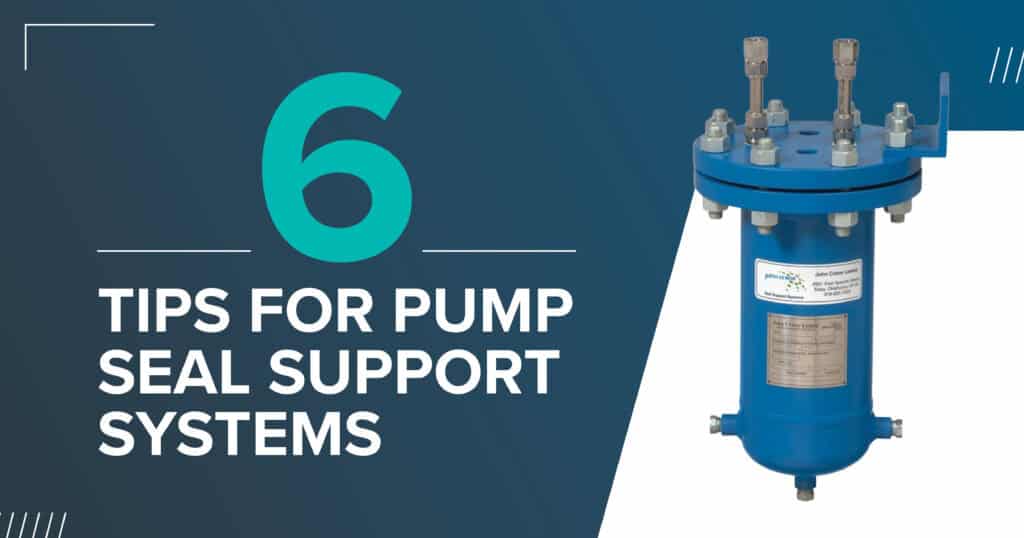Mechanical seal support systems are essential to ensure reliable and efficient operation of industrial pumps. These systems provide the necessary environment for seals to function effectively—regulating pressure, temperature, and fluid flow around the seal faces to prevent leakage and premature wear. Properly managing these systems not only extends the life of the mechanical seal but also protects the pump, minimizes downtime, and reduces overall maintenance costs. Below are practical tips to improve the performance of your seal support systems:
1. Avoid dry running at all costs.
Dry running is one of the most common causes of mechanical seal failure. When a seal runs dry, the lack of lubrication causes excessive heat buildup. This can rapidly damage the seal faces and surrounding components. To prevent this, ensure a continuous supply of compatible fluid to the seal. In some applications, seal flush systems or barrier fluids may be necessary to keep the seal faces adequately lubricated. Monitoring fluid levels and incorporating interlocks to shut down the pump in the event of low fluid flow are critical steps to avoid dry running.
2. Address vibration and misalignment issues.
Seal support systems cannot compensate for excessive vibration or pump misalignment. These conditions can cause seal face separation, uneven wear or loss of contact between the seal faces. Ensuring your pump and motor are properly aligned and balanced minimizes vibration. Routine inspections should include checks for bearing wear, loose components, and other mechanical issues that may contribute to vibration. Keeping the pump operating within its best efficiency point (BEP) is another important way to reduce mechanical stress on seals and support systems.
3. Choose the right seal support plan.
Selecting an appropriate seal support plan is essential for effective operation. Different seal types and operating conditions require different configurations. For example, single seals may use flush plans that rely on process fluid circulation. Meanwhile, dual seals often require pressurized or unpressurized barrier fluid systems. The chosen plan should be tailored to the process fluid characteristics, temperature range, pressure conditions, and safety requirements. Consulting with a pump and seal specialist can ensure the system design aligns with the application’s demands.
4. Maintain proper lubrication and fluid quality.
The fluid used in your seal support system—whether it’s the process fluid, a flush medium, or a barrier fluid—must be clean and suitable for the seal environment. Dirty or contaminated fluids can introduce particulates into the seal chamber, increasing friction and damaging seal faces. Regularly check fluid levels, temperature, and quality. If using an external reservoir, inspect it for sludge buildup or signs of fluid degradation. Filtration systems and coolers can also help maintain fluid integrity and extend system life.
5. Monitor operating conditions in real time.
Seal support systems should be equipped with instrumentation to track temperature, pressure, and flow. Real-time monitoring enables early detection of system imbalances, such as pressure drops, flow restrictions, or overheating. Alerts and alarms can be configured to notify maintenance teams before a minor issue escalates into a costly failure. Periodic reviews of sensor data identify trends and support predictive maintenance planning.
6. Prioritize system cleanliness and maintenance.
Seal support systems operate most effectively in clean environments. Keep the reservoir, piping, and connections free from contaminants. Replace worn or damaged components promptly. Periodic flushing and fluid replacement are excellent preventive maintenance practices. A clean, well-maintained system not only protects the seal but also contributes to the overall reliability of the pump.
By implementing these tips, operators can improve the performance and longevity of their pump seal support systems. For help with all your pump management and seal servicing needs, contact DXP Pacific today.

